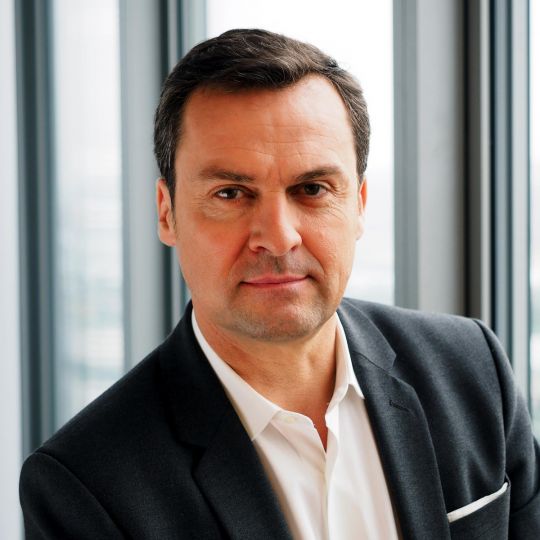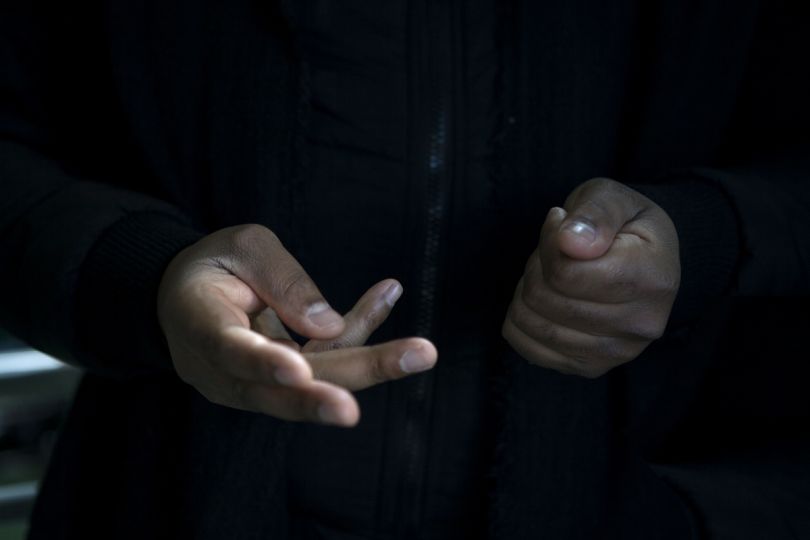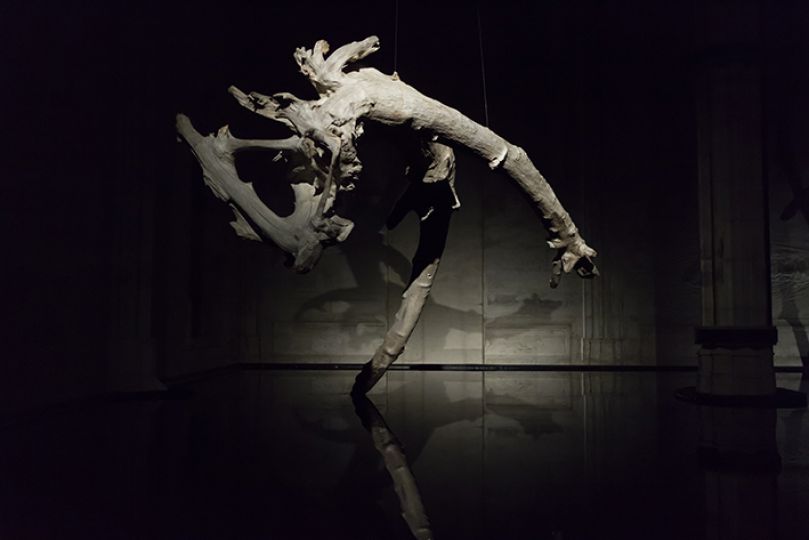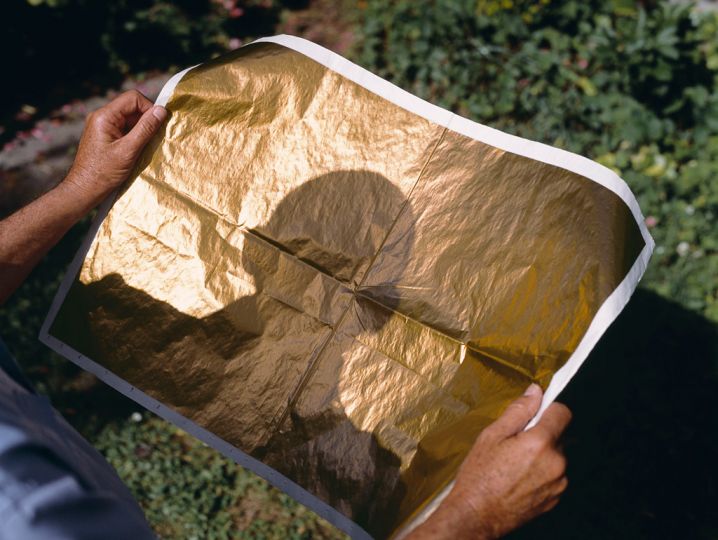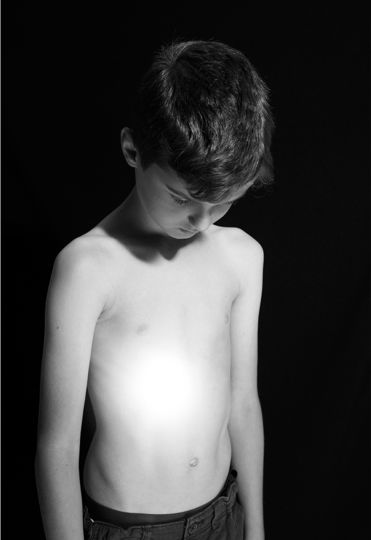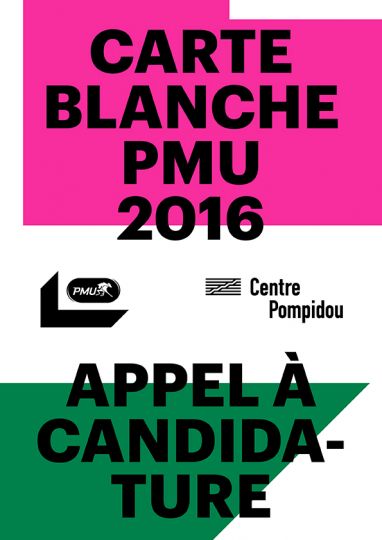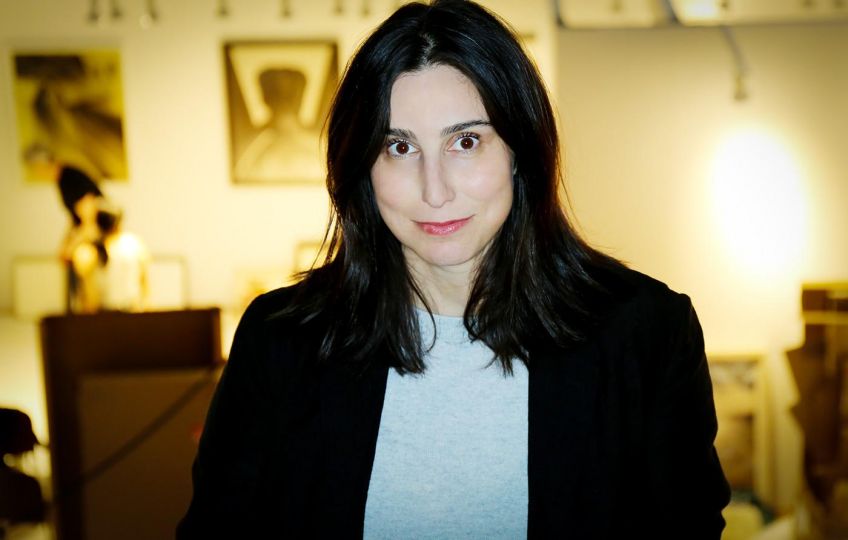Carte Blanche PMU partner since the prize’s creation, Filigranes Editions is publishing, for the seventh time, the publications that come with the award with whitepapierstudio. Below, an interview with Patrick Le Bescont on the creation of Anna Malagrida’s Cristal House.
How was this collaboration with the Carte Blanche PMU, celebrating its seventh anniversary this year, born?
Originally with the PMU’s creation of the Carte Blanche, Diane Dufour, director of Le Bal, offered this partnership to me because we regularly worked together, especially for other prizes dedicated to photography. Since the second publication created for the PMU, it was decided to distribute the books in bookstores, which wasn’t the case at first. It was also at that moment that the idea to create a collection was established.
What do you mean by collection, each publication created for the Carte Blanche being different?
The only constraint that we put on ourselves is a unique format, with perhaps the idea eventually of gathering the publications in a box set. For the rest, whether it’s the graphic design, the number of pages, the choice of paper, or the cover concept, each book is adapted to the work and process of the winners. So actually, each publication of the collection is different.
Does the process of making the publication differ from the books that you ordinarily create for Filigranes Editions?
Normally, when I begin a book, the photographic work already exists. This isn’t the case with the Carte Blanche PMU. Actually, from the moment the winner is designated, we have six months to finish everything: the photos, the book, and the exhibition. It’s a real challenge, but it’s also that which makes the experience interesting. It’s a work in progress, in that the book is basically conceived at the same time as the works. To do this, we get together gradually according to the winner’s state of progress. There’s a “laboratory” aspect since the book starts to come to be at the moment when the photos appear. And it is teamwork with the PMU, the Centre Pompidou, and the artist as well as whitepapierstudio’s graphic designer.
How do you share the work with whitepapierstudio?
If they’re defining the graphic design, then I handle the technical part: choice of paper, the binding, etc. For the Anna Malagrida publication, for example, we opted for a Otabind binding whose spine is detached from the cover, which allows the book to completely open and offer a good read of the images. But, like I said, above everything, it’s teamwork. We learned to work together and pool our abilities. Sometimes there are tensions, but, in the end, we always reach an agreement…
The books made for the Carte Blanche are rather sophisticated. Is it because you consider them like an extension of the artist’s work?
It’s very refined and original because the PMU gives us the financial means… Anna Malagrida’s work comprised three notebooks with shorter pages that are viewed horizontally, contrary to the rest of the book. We made this choice to summarize her video images. The paper of these three notebooks is also different, thinner and deliberately transparent, to play on the idea of layers and thicknesses and to play on what we call the ghost image. We succeeded in answering a difficult question for an editor: how does one include video in a book? And I believe it’s a success!
Interview by Sophie Bernard
Exhibition
Cristal House, Anna Malagrida, Centre Pompidou, exhibition from September 28 through October 17, 2016, in the Photography Gallery, free entry.
Curated by Karolina Ziebinska-Lewandowska, assisted by Françoise Vogt and Emmanuelle Etchecopar-Etchart
Book
Cristal House, English/French, Carte blanche PMU co-production, publication conceived by whitepapierstudio, Filigranes Editions, 25 euros


